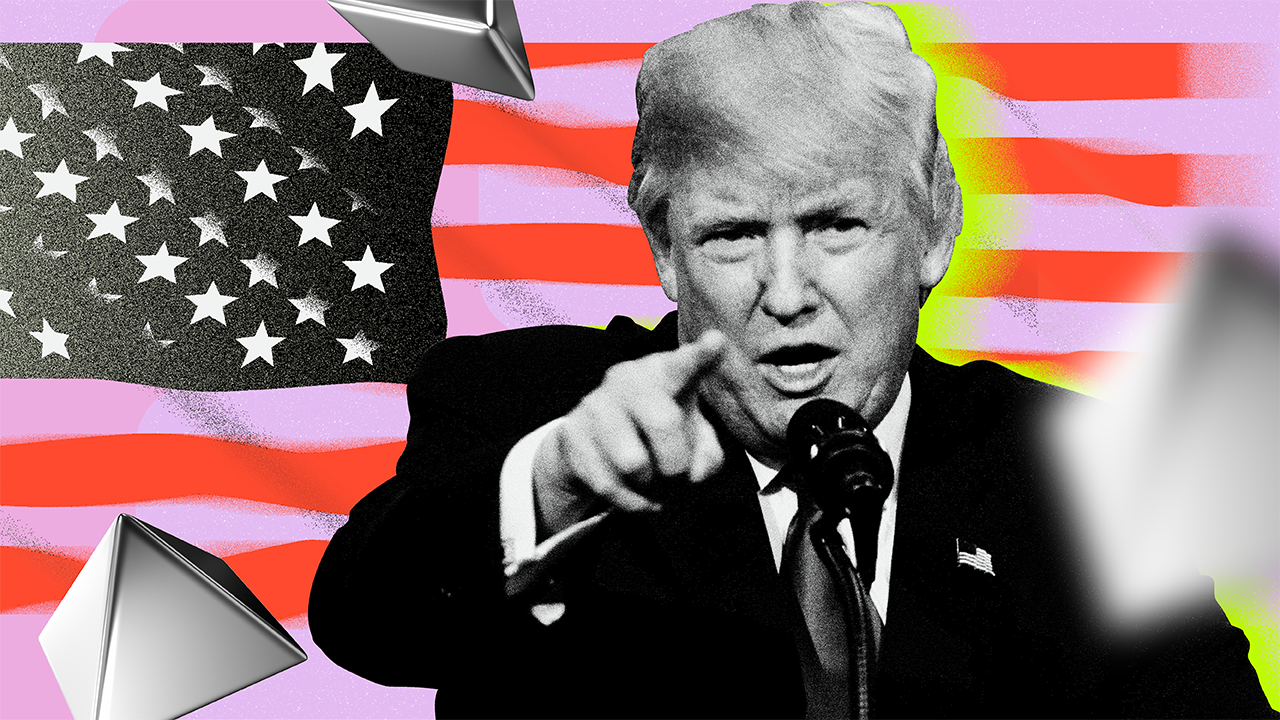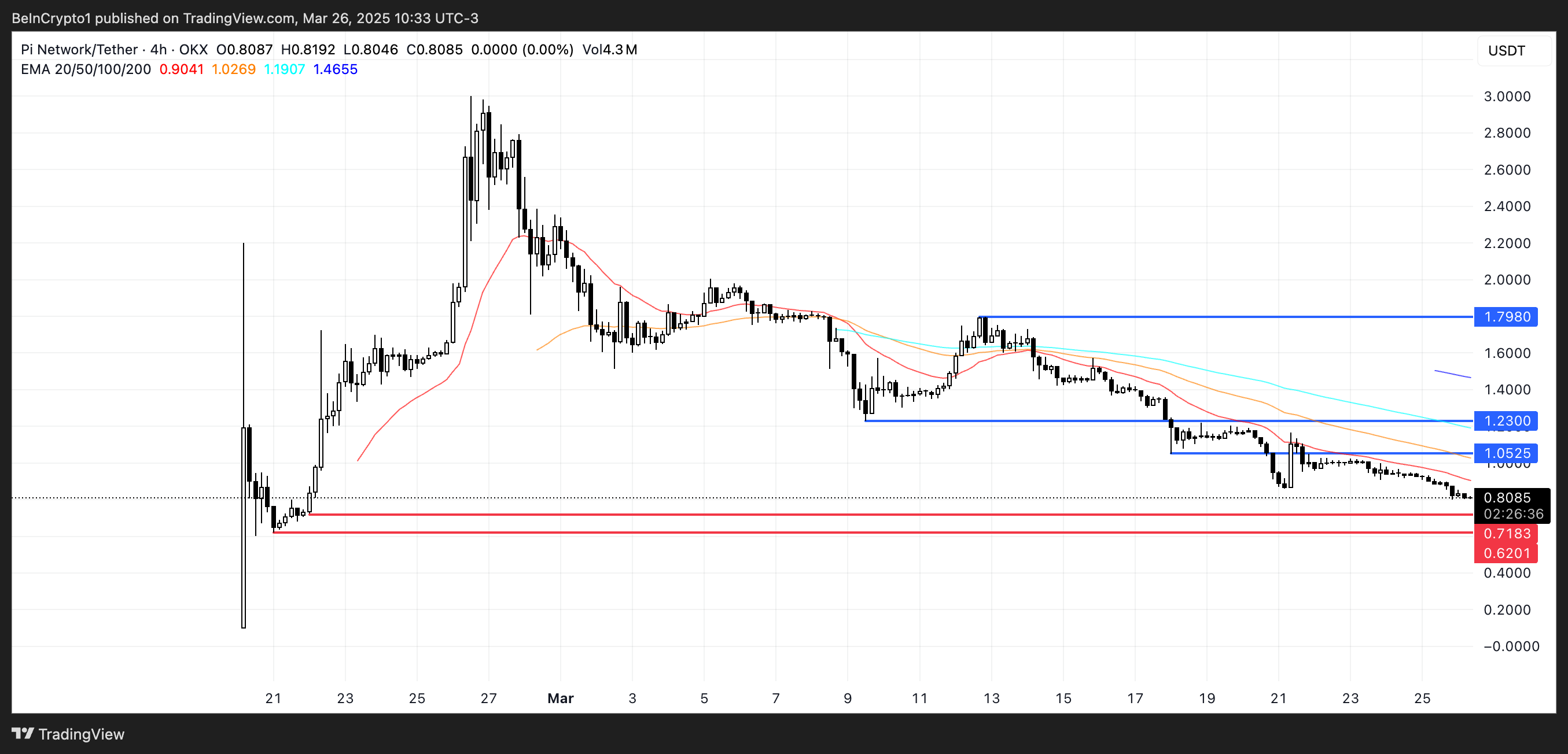Ohio may soon become one of the first states to invest public funds in cryptocurrency, as lawmakers debate House Bill 18—the Ohio Strategic Cryptocurrency Reserve Act.
This proposal would permit the state government and retirement systems to invest in digital assets and related exchange-traded products.
Setting the Stage for State Crypto Investments
House Bill 18 (HB 18), introduced by Representative Steve Demetriou, is drawing attention for its practical steps toward integrating digital assets into the state’s portfolio.
Importantly, the bill avoids specifying any particular cryptocurrencies—such as Bitcoin—in order to keep investment choices flexible. If passed, Ohio’s state Treasurer would oversee these updated investment strategies, providing the state with a modern approach to finance.
The latest developments come as the Ohio House of Representatives recently passed House Bill 116. The bill, titled the Ohio Blockchain Basics Act, received a decisive vote of 68 to 26, highlighting strong bipartisan support. This legislation exempts crypto transactions under $200 from capital gains taxes in Ohio.
Supporters believe HB 18 could lead to stronger returns and better portfolio diversification for Ohio. By not naming certain coins or exchange-traded products, future investments could include a range of digital assets, all subject to market analysis and risk management.
Oversight, Transparency, and Legal Framework
The bill designates Ohio’s state Treasurer as the manager of potential cryptocurrency investments. State retirement systems could also join the program, following their own risk assessments and internal approvals.
Currently, House Bill 18 does not include an official fiscal note or state-issued financial analysis. So questions remain about the amount of public money that may be involved. Oversight rules and transparency requirements are expected before any final vote.
“A state Bitcoin reserve could diversify Ohio’s assets, reduce reliance on fiat, and signal crypto adoption,” a user commented on X.
Rising institutional interest in cryptocurrency is reflected in the bill, as officials seek a balanced approach to investment and risk. Nevertheless, ongoing debate and thorough legislative review will shape the bill’s future.
If enacted, House Bill 18 could give Ohio a pioneering role in state-level crypto investment, setting an example for others.
The post Ohio Weighs New Bill to Invest State Funds in Strategic Crypto Reserve appeared first on BeInCrypto.







